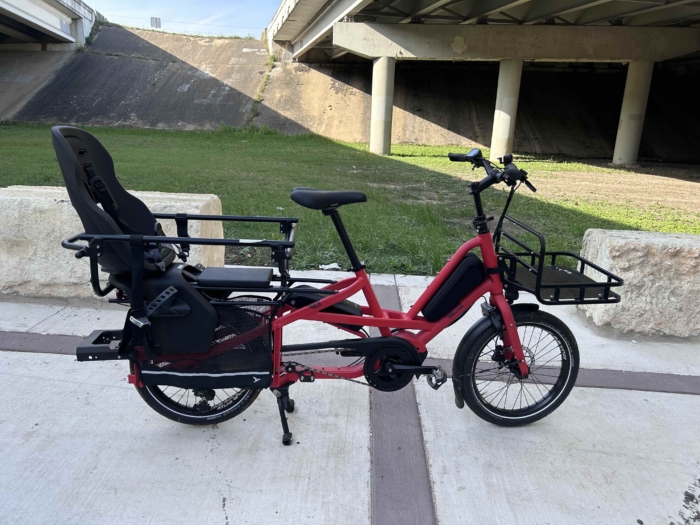As seen on stage winners and champions at events the likes of the Tour de France — including on the head of Alberto Contador as he won the 2009 Tour, where the helmet made its debut — Giro Sport Design’s Prolight helmet has no lack of street cred. I have been testing the latest version of the ultra-light lid this summer, including for city, road and mountain-bike sessions on a variety of bikes.
The latest iteration of the Prolight, which came to market this spring at $200, includes 25 vents and airways touted as a “labyrinth of optimized internal channels.” The goal is to keep a rider’s head cool and thus boost comfort and athletic performance when exertion is high.

To be sure, Giro’s air-vent system works. This is one truly airy hard hat, amendable to riding on the hottest of days. But the real draw for me was its weight. Or, more precisely, its lack thereof.
Amazingly, on my scale, the Prolight weighs only 6.8 ounces. This is literally as light as a water bottle or a piece of fruit. (A common banana was 6.6 ounces on my scale.)

The skimmed-down nature creates a helmet with few adjustments. You measure your head and pick a small, medium, or large Prolight. A buckle under the chin has some adjustability. Thin webbing, light plastic arms, and a stretchy strap on back create a harness to fit it on the head.
While biking, the Prolight is all but unnoticeable. Said Mike Lowe in the company’s R&D department: “Each rib, channel and bridge was optimized to reduce every possible gram.”

Another factor: When making a Prolight, Giro (www.giro.com) fuses the helmet’s polycarbonate shell with its impact-absorbing EPS liner. This process makes the shell a structural part of the helmet, a reinforcing exoskeleton that protects the thinner areas around the vents and ribs.
Overall, there is little to dislike with the Prolight. If you can spare the $200, the bike helmet that’s as light as a banana could be within your reach.
—Stephen Regenold is founder and editor of www.gearjunkie.com.







